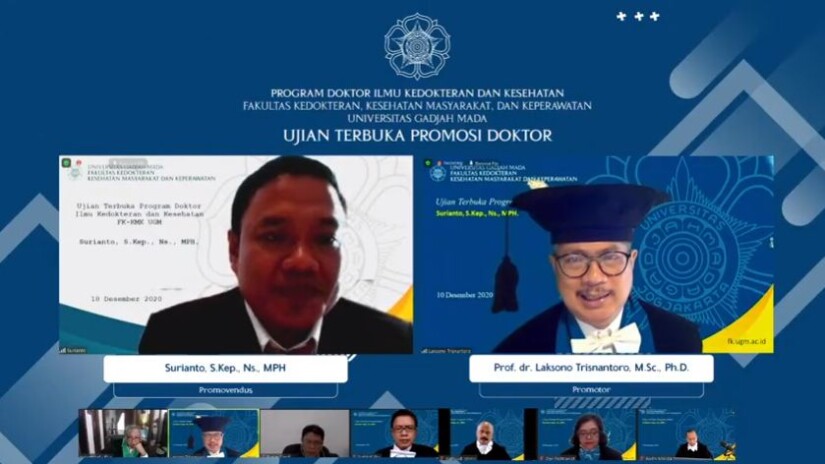
The earthquake of 7.4 on the Richter Scale in Central Sulawesi in September 2018 has caused a tsunami and liquefaction of the city in Palu, Sulawesi Province. This painful experience from the past major disaster events, Regional Government of Central Sulawesi realize has enacted to make disaster management must be structured systematically and integrated into the development process. This action due to the disaster has sacrificed 4,402 lives, reduced the capital stock by 9 percent or equivalent to physical damage of Rp. 15 trillion, and impacted the industrial, housing, agricultural and social sectors, especially health and education.
As for information, the Sendai Framework for Disaster Risk Reduction (SFDRR) or the Sendai Framework for Disaster Risk Reduction (KKSPRB) is an agreement in which the state has a vital role in overcoming disaster risk. The 2015-2030 KKSPRB has challenges in handling Indonesia including a lack of integrating disaster risk reduction into central and regional government policies.
A student of the Doctoral Program in Medical and Health Sciences FKKMK UGM, Surianto, S.Kep.Ns., MPH., conducted research regarding priority actions in activities KKSPRB in Central Sulawesi Province, Palu City, and Sigi Regency. These priority actions consist of prevention, preparedness, early warning, and disaster mitigation that might negatively impact people during the disaster because they are only considered emergency response. “In the middle of the potential disaster situation, it is necessary to strengthen the implementation of emergency response,” said Surianto on Thursday (10/12).
He also explained the analysis of regional regulations in the perspective of KKSPRB in Central Sulawesi Province, Palu City, Sigi Regency within his dissertation. The dissertation itself raised a title, namely, “Evaluation of Regional Regulation Policies in Reducing Disaster Risk in the Perspective of the Sendai Framework in Central Sulawesi Province”. Based on the four priority actions regarding disaster risk reduction, there should be changes and improvements of indicators completion from regional regulations and national and local indicators in the Sendai Framework program. Besides, the stakeholders’ roles to change and commit to establishing new policies related to the Sendai Framework for Disaster Risk Reduction are also necessary. “There should be a change and commitment to a policy related to the Sendai Framework for Disaster Risk Reduction in the indicators of regional regulatory policy completion and the indicators of national and local KKSPRB,” he said.
Author: Gusti Grehenson
Translator: Natasa A


